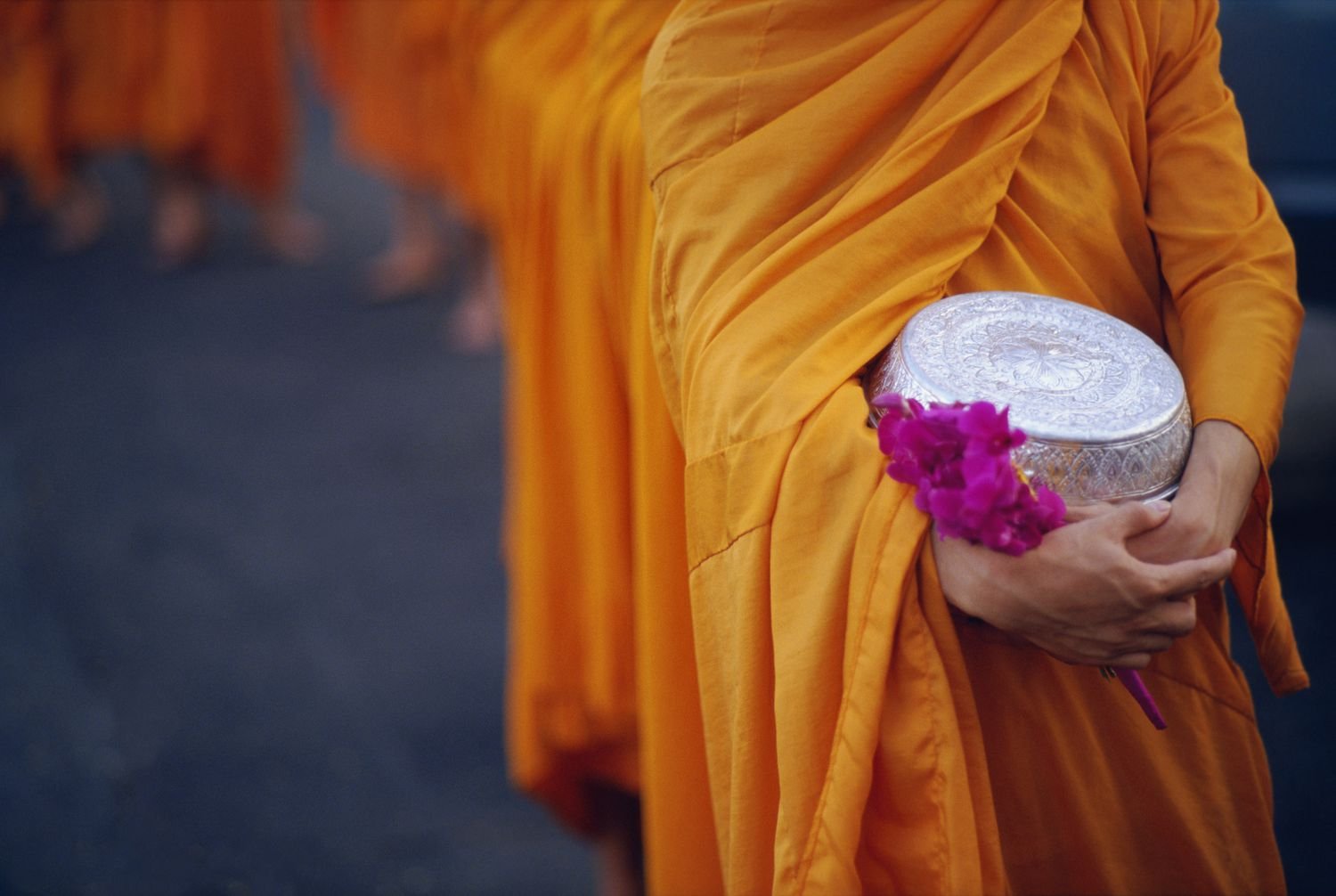The Enchanting Symphony of Color Psychology: Unveiling the Palette of Emotions
In the realm of artistic expression, where the canvas becomes a portal to the soul, color stands as an ethereal medium that transcends mere visual stimulation. Beyond its aesthetic allure, color has the profound ability to influence our emotions, thoughts, and even behaviors. This intriguing phenomenon is known as color psychology – an intricate dance between hues and human perception that has captivated artists, designers, and psychologists alike.
Join us on a journey as we delve into the mesmerizing world of color psychology, exploring its nuances, cultural significance, and profound impact on our psyche.
The Melody of Hues:
Picture a spectrum of colors cascading like musical notes, each possessing its own distinct pitch and resonance. Just as a musical composition can evoke a range of emotions, colors, too, possess the power to stir the depths of our being. Warm colors such as fiery reds and vibrant yellows exude energy, passion, and warmth, igniting the spirit with fervor. On the other end of the spectrum, cool blues and serene greens invoke a sense of calmness and tranquility, like a gentle lullaby for the senses.
Cultural and Historical Significance:
The symphony of color psychology is richly layered with cultural and historical significance. Across the ages, civilizations have imbued colors with meanings that transcend language barriers. Red, for instance, may signify love and prosperity in one culture, while symbolizing danger and warning in another. The saffron robes of Buddhist monks radiate spiritual enlightenment, while the regal purple worn by Roman emperors exudes power and prestige. The intertwining of colors and culture creates a tapestry of understanding, offering us glimpses into the shared human experience.
The Subtle Dance of Context:
Color psychology is a subtle dance, where context plays a pivotal role in shaping our emotional response. The same color can evoke drastically different feelings depending on its surroundings. A splash of red in a minimalist space may infuse it with energy, yet the same hue in a serene garden might feel jarring. Designers harness this delicate interplay to manipulate moods and perceptions, crafting experiences that resonate on a profound level.
Applications in Design and Marketing:
In the modern world, color psychology has found a vibrant home in design and marketing strategies. Brands meticulously select colors to align with their values and resonate with their target audience. The warm embrace of Starbucks' green logo evokes a sense of comfort, while the sleek silver of Apple products conveys innovation and elegance. Similarly, fast-food chains embrace fiery reds and yellows to elicit urgency and appetite. These deliberate choices illuminate the profound impact color wields in influencing consumer behavior and shaping brand identities.
Notice the vast majority have red undertones, increasing feelings of urgency and focus.
Color Therapy: Nurturing the Mind and Soul
Beyond aesthetics and marketing, color psychology extends its benevolent touch to therapeutic realms. Color therapy, or chromotherapy, harnesses the healing power of colors to restore balance and well-being. Just as light can be refracted into a spectrum, colors are believed to stimulate specific energy centers within the body. The calming embrace of blue hues may alleviate stress, while the invigorating energy of oranges can spark creativity and enthusiasm. As science explores the connection between color and human physiology, color therapy emerges as a promising avenue for holistic healing.
The art of color psychology, a symphony of sensations and sentiments, invites us to explore the intricate interplay between hues and emotions. From the grand tapestries of history to the sleek interfaces of technology, color weaves a narrative that transcends words. It is a language spoken by the heart, a dance that resonates in the depths of our being. As we continue to unravel the enigmatic allure of color psychology, we embrace a deeper understanding of ourselves and the world around us, one hue at a time.



